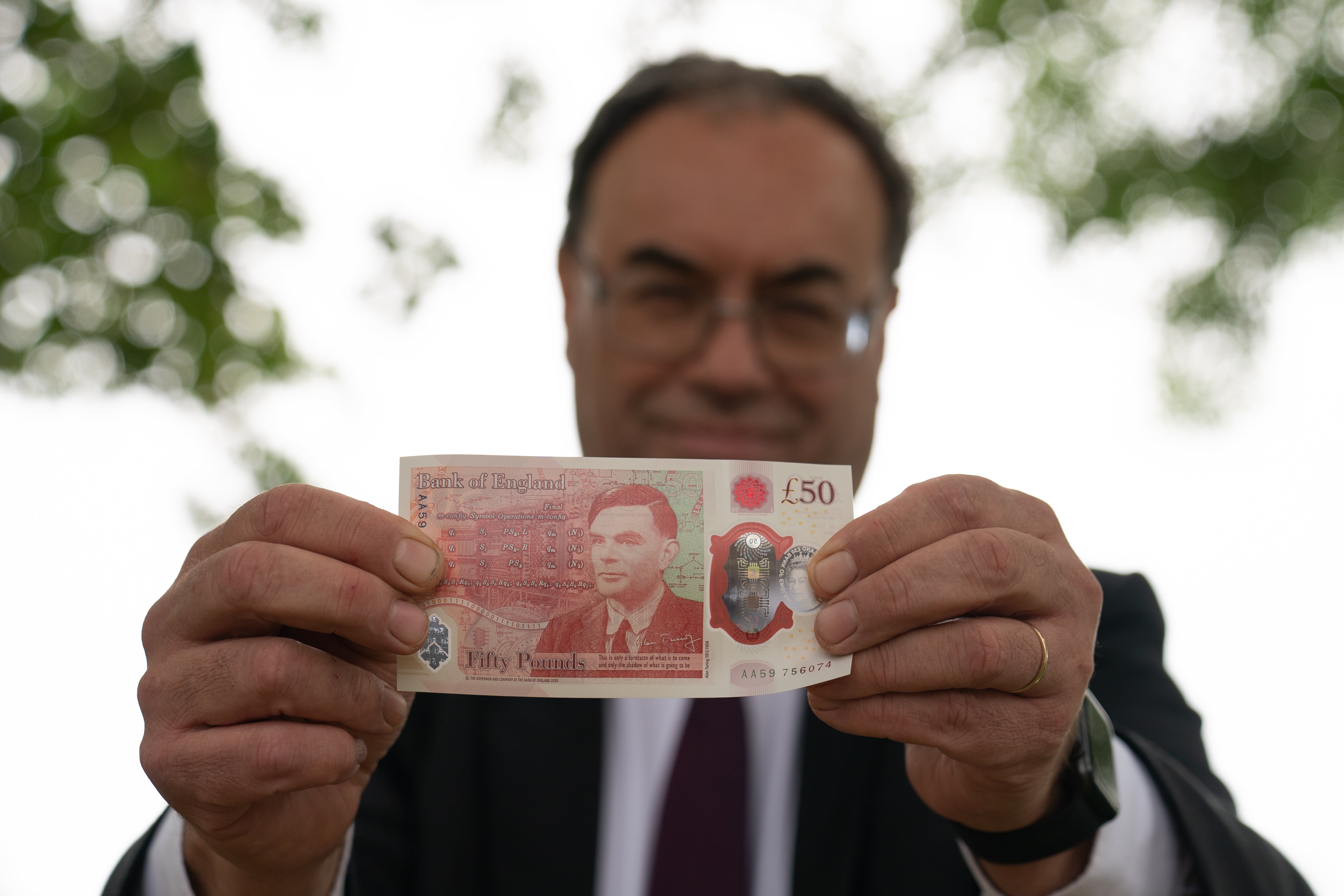£50 note ‘has lost more than three-quarters of its buying power since 1981’
£50 had the purchasing power of around £217 at today’s prices back in 1981, according to calculations from Hargreaves Lansdown.

Your support helps us to tell the story
From reproductive rights to climate change to Big Tech, The Independent is on the ground when the story is developing. Whether it's investigating the financials of Elon Musk's pro-Trump PAC or producing our latest documentary, 'The A Word', which shines a light on the American women fighting for reproductive rights, we know how important it is to parse out the facts from the messaging.
At such a critical moment in US history, we need reporters on the ground. Your donation allows us to keep sending journalists to speak to both sides of the story.
The Independent is trusted by Americans across the entire political spectrum. And unlike many other quality news outlets, we choose not to lock Americans out of our reporting and analysis with paywalls. We believe quality journalism should be available to everyone, paid for by those who can afford it.
Your support makes all the difference.The £50 banknote has lost £38 of its buying power over the past 40 years, according to a finance expert.
Left under the mattress, it would have lost £38.46 of its spending power since 1981, according to Sarah Coles, a personal finance analyst at Hargreaves Lansdown
She was speaking ahead of the launch of the Bank of England’s new Alan Turing £50 note into general circulation from Wednesday.
Ms Coles said that, having been introduced in 1725, £50 notes were withdrawn in 1945 and reintroduced in 1981.
At that point £50 had the purchasing power of around £217 at today’s prices, she added.
Ms Coles said: “£50 isn’t what it used to be. If you had a modern £50 note when it was first issued in March 1981, and kept it under the mattress ever since, it would have lost more than three-quarters of its buying power.
“However, if you’d put it to work (by investing it) it could have grown to around £2,300.
“By contrast, if you’d put the £50 into a savings account paying an average of 2% over this period, it would have delivered just £110.
“It demonstrates that while holding emergency cash in savings is invaluable, keeping too much in cash over the long term means you risk losing spending power after inflation.”